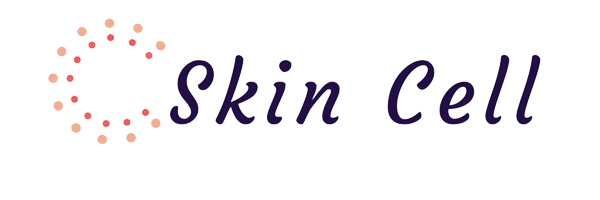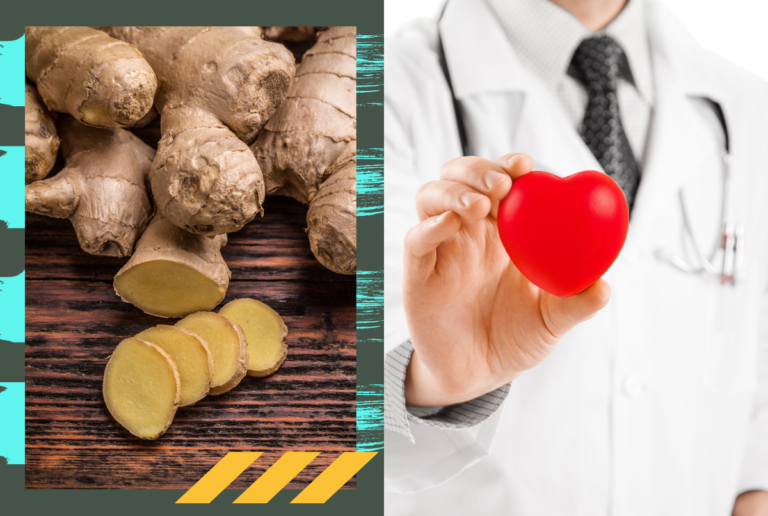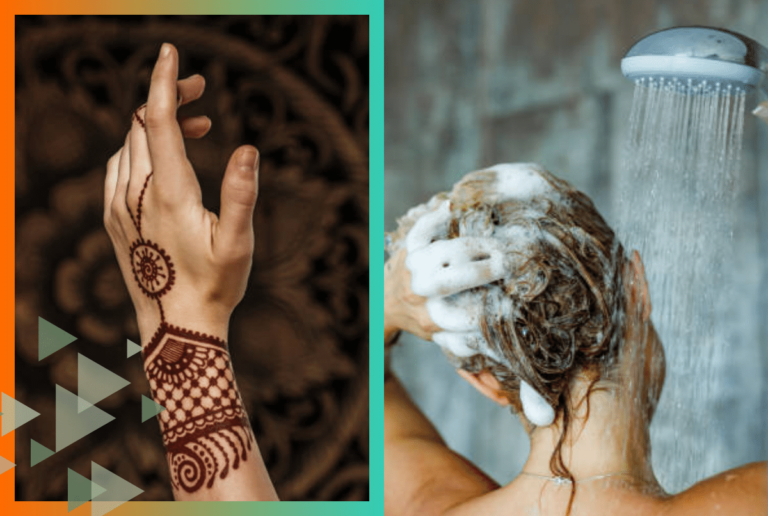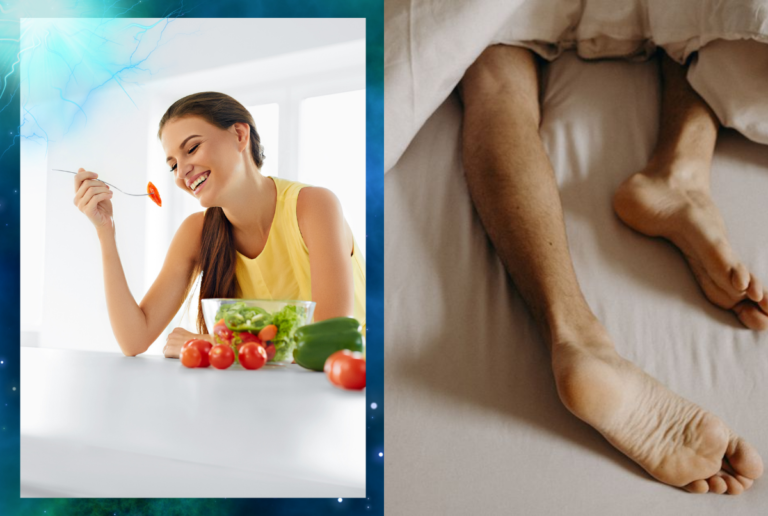Vicks for Spider Veins
Wondering if Vicks VapoRub can make those spider veins vanish?
Spider veins, those small, twisty blood vessels that make themselves known on your legs, often stir up cosmetic worries. Vicks VapoRub, known for its cold remedies, has been whispered about as a potential fix for these pesky veins.
However, diving into the facts, there’s no scientific backing to support Vicks as a cure for spider veins. These veins surface due to factors like genetics, aging, and lifestyle habits.
While lifestyle tweaks and medical treatments can help manage their appearance, the effectiveness of Vicks remains a myth.
Well, we’ll be going over:
- What really causes spider veins, and why do they appear?
- Can Vicks VapoRub truly offer relief, or is it just a myth?
- What proven methods exist for those seeking to minimize the appearance of spider veins?
Let’s dive in.
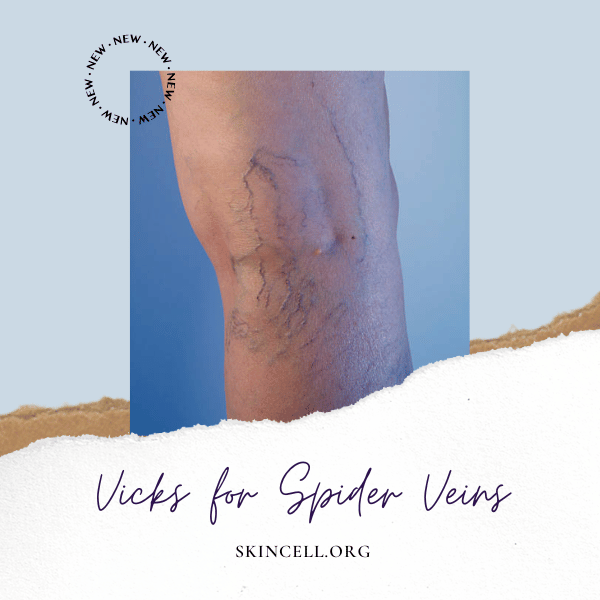
Key Takeaways
- Spider veins are a common cosmetic concern that can be caused by a variety of factors.
- While Vicks VapoRub is a popular home remedy for a variety of ailments, there is no scientific evidence to suggest that it is an effective treatment for spider veins.
- If you are concerned about the appearance of spider veins, there are a variety of medical treatments and lifestyle changes that can help to reduce their appearance.
Understanding Spider Veins
If you have noticed small, red, blue, or purple veins on your skin, you may have spider veins. These veins are also known as telangiectasias and are typically found on the legs, face, or chest. While spider veins are usually harmless, they can be unsightly and may cause discomfort in some cases.
Causes and Risk Factors
Spider veins are caused by the dilation of small blood vessels close to the surface of the skin. This dilation can be caused by a variety of factors, including age, genetics, hormones, pregnancy, and prolonged sitting or standing. Spider veins can also be caused by certain medical conditions, such as liver disease or blood clots.
Some of the risk factors that can increase your chances of developing spider veins include:
- Age: As you get older, your veins can become weaker and less elastic, making them more prone to dilation.
- Genetics: If your family members have spider veins, you may be more likely to develop them as well.
- Hormones: Changes in hormone levels, such as those that occur during pregnancy or menopause, can increase your risk of developing spider veins.
- Prolonged sitting or standing: Jobs that require you to sit or stand for long periods of time can put extra pressure on your veins, increasing your risk of developing spider veins.
Symptoms and Diagnosis
Spider veins are usually easy to spot, as they appear as small, red, blue, or purple veins on the skin. They may be accompanied by symptoms such as itching, burning, or aching in the affected area.
If you suspect that you have spider veins, you should see a doctor for a diagnosis. Your doctor will perform a physical exam and may order tests such as an ultrasound to determine the extent of the problem. Treatment options for spider veins include lifestyle changes, such as regular exercise and wearing compression stockings, as well as medical procedures such as sclerotherapy or laser therapy.
Remember, spider veins are usually harmless and do not require treatment. However, if you are experiencing discomfort or are concerned about the appearance of your spider veins, talk to your doctor about your treatment options.
Prevention and Lifestyle Changes
Spider veins can be a cosmetic concern for some people, but they can also be an indication of underlying venous insufficiency. While there is no guaranteed way to prevent spider veins, certain lifestyle changes can help reduce your risk of developing them. Here are some tips to help you prevent spider veins:
Exercise and Physical Activity
Regular exercise and physical activity can help improve circulation in your legs, which can reduce your risk of developing spider veins. Exercises that work your leg muscles, such as walking, running, and cycling, are particularly beneficial. You can also try low-impact exercises, such as swimming or yoga, to help improve circulation without putting too much strain on your legs.
Weight Management and Diet
Maintaining a healthy weight can help reduce your risk of developing spider veins. Being overweight or obese can put extra pressure on your veins, which can lead to spider veins. Eating a healthy, balanced diet can also help improve circulation and reduce your risk of developing spider veins. Foods that are high in fiber, such as fruits, vegetables, and whole grains, can help keep your veins healthy.
Leg Elevation and Movement
If you have a sedentary job, make sure to take frequent breaks to move around and stretch your legs. Elevating your legs above your heart can also help improve circulation and reduce your risk of developing spider veins. You can do this by lying down and propping your legs up on a pillow or by using a footstool while sitting.
In summary, making certain lifestyle changes can help reduce your risk of developing spider veins. Regular exercise, maintaining a healthy weight, and elevating your legs are all effective ways to improve circulation and reduce your risk of developing spider veins. By staying active and making healthy choices, you can help keep your veins healthy and reduce your risk of developing spider veins.
Medical Treatments
If you have spider veins that are causing discomfort or affecting your appearance, there are medical treatments that can help. Your healthcare provider or dermatologist can recommend the best treatment option for you based on the severity of your spider veins and your overall health.
Sclerotherapy and Laser Therapy
Sclerotherapy is a medical treatment that involves injecting a solution directly into the spider vein. The solution causes the vein to collapse and eventually fade away. Laser therapy, on the other hand, uses focused light energy to heat and destroy the spider vein. Both sclerotherapy and laser therapy are effective treatments for spider veins and are minimally invasive.
Sclerotherapy and laser therapy are typically performed in a doctor’s office and do not require anesthesia. The procedure may take up to an hour, depending on the number and size of the spider veins being treated. You may experience some mild discomfort during the procedure, but most patients are able to return to normal activities immediately after treatment.
Surgery Options
In some cases, surgery may be necessary to treat spider veins. Your healthcare provider may recommend surgery if your spider veins are large or causing significant pain or discomfort. Surgery options for spider veins include endovenous laser therapy (EVLT) and other laser treatments.
EVLT is a minimally invasive procedure that uses laser energy to close off the affected vein. The procedure is performed under local anesthesia and typically takes less than an hour. Other laser treatments for spider veins may also be available, depending on your specific needs and the severity of your condition.
Overall, medical treatments for spider veins are safe and effective. Your healthcare provider or dermatologist can recommend the best treatment option for you based on your individual needs and medical history.
At-Home Remedies and Skincare
If you are looking for a cost-effective and non-invasive way to treat spider veins, there are several at-home remedies and skincare practices that you can try. In this section, we will explore some of the most effective ways to manage spider veins from the comfort of your own home.
Compression Solutions
Compression stockings or socks are a popular way to manage spider veins. These garments work by applying pressure to the legs, which helps to improve blood flow and reduce swelling. You can purchase compression stockings or socks from most pharmacies or online retailers. They come in different sizes and compression levels, so it is important to choose the right one for your needs.
To get the most benefit from compression stockings or socks, it is important to wear them consistently. You should put them on first thing in the morning and wear them throughout the day. If you find them uncomfortable to wear, try wearing them for shorter periods and gradually increase the length of time you wear them each day.
Natural Remedies and Skin Protection
There are also several natural remedies and skincare practices that can help manage spider veins. One of the most popular remedies is Vicks Vaporub. While there is no scientific evidence to support the use of Vicks Vaporub for spider veins, some people find it helpful. Simply apply a small amount of Vicks Vaporub to the affected area and massage it in.
It is also important to protect your skin from the sun. Sun damage can make spider veins worse, so it is important to wear sunscreen whenever you go outside. Look for a sunscreen with an SPF of at least 30 and apply it generously to all exposed skin.
In addition to these remedies, there are several lifestyle changes you can make to manage spider veins. These include maintaining a healthy weight, exercising regularly, and avoiding prolonged periods of sitting or standing. By incorporating these practices into your daily routine, you can help manage spider veins and improve your overall health.
When to See a Specialist
Spider veins can be a cosmetic concern for some people, but they can also cause discomfort, pain, and swelling. If you are experiencing any of these symptoms, it is important to seek medical attention from a specialist.
While dermatologists can treat spider veins, it is recommended to see a specialist who specializes in treating venous insufficiency. Venous insufficiency is a condition where the veins in your legs are not able to circulate blood back to your heart efficiently. This can lead to a variety of symptoms including spider veins, swelling, and chronic venous insufficiency.
If you have spider veins and are experiencing any discomfort or pain, it is recommended to see a specialist. They can evaluate your symptoms and determine the best course of treatment for you. This may include lifestyle changes, compression stockings, or medical procedures such as sclerotherapy or laser treatment.
It is important to note that spider veins are not always a sign of a serious medical condition. However, if you are experiencing any symptoms, it is always best to seek medical attention from a specialist to ensure proper diagnosis and treatment.
Frequently Asked Questions
What natural remedies are effective for reducing the appearance of spider veins?
Several natural remedies may be effective in reducing the appearance of spider veins. These include exercise, maintaining a healthy weight, avoiding prolonged periods of sitting or standing, and elevating your legs when resting.
Certain herbal supplements, such as horse chestnut, may also help improve circulation and reduce the appearance of spider veins.
Can topical treatments, like creams or ointments, diminish spider veins?
Topical treatments, such as creams or ointments, may help diminish the appearance of spider veins. One popular option is Vicks VapoRub, which contains menthol, camphor, and eucalyptus oil. While there is no scientific evidence to support its effectiveness, many people claim that applying Vicks VapoRub to spider veins can help reduce their appearance.
Is there a quick method to alleviate spider veins?
There is no quick method to alleviate spider veins. While some treatments may provide temporary relief, such as compression stockings or elevating your legs, most methods will require consistent effort over time to see significant improvement.
What substances are known to break down spider vein tissue?
Substances such as sclerosing agents, which are injected into the veins to irritate and collapse them, have been shown to break down spider vein tissue. Laser therapy is another option that can target and destroy spider veins, causing them to fade over time.
Are there any proven do-it-yourself techniques for treating spider veins at home?
While there are no proven do-it-yourself techniques for treating spider veins at home, there are some natural remedies that may help reduce their appearance. As mentioned earlier, exercise, maintaining a healthy weight, avoiding prolonged periods of sitting or standing, and elevating your legs when resting can all help improve circulation and reduce the appearance of spider veins.
How can one prevent the formation or worsening of spider veins?
To prevent the formation or worsening of spider veins, it is important to maintain a healthy lifestyle. This includes exercising regularly, maintaining a healthy weight, avoiding prolonged periods of sitting or standing, and wearing compression stockings if you are at risk for developing spider veins.
Additionally, avoiding tight clothing and high heels, and elevating your legs when resting, can also help improve circulation and prevent the formation or worsening of spider veins.
